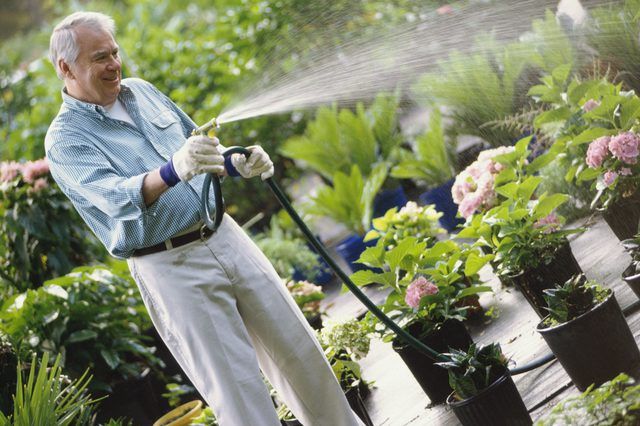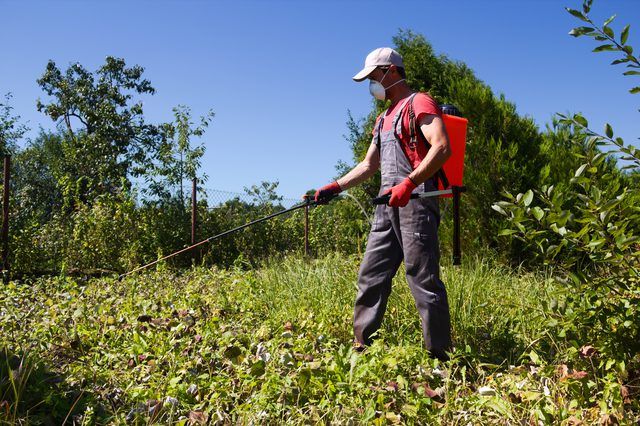Bulbs
Flower Basics
Flower Beds & Specialty Gardens
Flower Garden
Garden Furniture
Garden Gnomes
Garden Seeds
Garden Sheds
Garden Statues
Garden Tools & Supplies
Gardening Basics
Green & Organic
Groundcovers & Vines
Growing Annuals
Growing Basil
Growing Beans
Growing Berries
Growing Blueberries
Growing Cactus
Growing Corn
Growing Cotton
Growing Edibles
Growing Flowers
Growing Garlic
Growing Grapes
Growing Grass
Growing Herbs
Growing Jasmine
Growing Mint
Growing Mushrooms
Orchids
Growing Peanuts
Growing Perennials
Growing Plants
Growing Rosemary
Growing Roses
Growing Strawberries
Growing Sunflowers
Growing Thyme
Growing Tomatoes
Growing Tulips
Growing Vegetables
Herb Basics
Herb Garden
Indoor Growing
Landscaping Basics
Landscaping Patios
Landscaping Plants
Landscaping Shrubs
Landscaping Trees
Landscaping Walks & Pathways
Lawn Basics
Lawn Maintenance
Lawn Mowers
Lawn Ornaments
Lawn Planting
Lawn Tools
Outdoor Growing
Overall Landscape Planning
Pests, Weeds & Problems
Plant Basics
Rock Garden
Rose Garden
Shrubs
Soil
Specialty Gardens
Trees
Vegetable Garden
Yard Maintenance
Organic Thrips Control
You can control thrips organically by using an integrated method combining beneficial insects, mechanical control methods and sprays of spinosad or pyrethrum.
Thrips are tiny, sap-sucking insect pests that feed on the leaves, blossoms and fruit of vegetables, fruits and flowers. Because they typically get no larger than 1/25 to 3/16 inch long, the pests are difficult to spot. Thrips feeding activity typically causes leaves to take on a silvery sheen and you may see little black specks of feces beneath the leaves. Several organic treatments help get rid of problematic thrips.
Mechanical Control Methods

Crush Infested Plant Tissue
Thrips live inside leaves or nestled deep down in flowers for part of their lives. Firmly squeeze affected plant tissue between your fingers to kill hiding pests or remove damaged plant tissue entirely. Discard the plant debris in a covered garbage can rather than composting them, or the thrips might spread to other parts of your yard.
Use Blue Sticky Traps
Using blue sticky traps can help control adult thrips populations. Buy the traps at a garden supply store or make your own by cutting cardboard or plywood into 5-inch by 7-inch rectangles and painting the material bright blue. Fasten the painted material to a stake and spread petroleum jelly on one side. Place traps every 25 to 50 square feet about 4 to 6 inches above the plants.
Check homemade traps at least twice a week. Scrape off dead bugs and other little pieces of debris and reapply the petroleum jelly. Change commercial sticky traps once a week because they become ineffective as the sticky material dries.
Tip
After placing sticky traps, gently shake infested plants so the thrips leave the plants and head for the bright blue material.
Warning
Yellow sticky cards trap thrips as well, but you'll also catch and kill more beneficial insects using this color.
Drape Row Covers
Using floating row covers helps keep thrips off garden and ornamental plants while allowing air, rain and sunlight through. Row covers are typically used on vulnerable young plants, so lay out the covers before planted seeds emerge or when transplanting pest-free seedlings.
Drape the covers loosely over plants and secure the corners and edges using rocks, bricks, soil or sandbags so the pests can't slip in and feed undisturbed in a protected environment. Use drip irrigation to water plants protected by row covers. Once the plants mature, remove the covers so bees can pollinate flowers and the plants won't overheat.
Tip
Look for a lightweight, sheer fabric for row covers so the covers will be easy for you to handle.
Rinse the Plants
Knocking thrips off plants with a forceful blast of water from a garden hose is one easy, natural way to control the pests. Rinse off plants early in the morning so the leaves dries before lower evening temperatures arrive. Spray plants three days in a row for the best results.
Organic Sprays

Spinosad
Spinosad, an organic treatment derived from a soil bacteria, effectively kills thrips while not wiping out the good mites, spiders or beneficial insects that eat the pests. Spinosad products come in various formats, including ready-to-spray bottles that you simply hook up to the end of a garden hose and spray.
Apply a uniform layer of solution to all plant parts, but don't spray past the point of runoff. Thrips die within 24 to 48 hours of ingesting treated plant tissue. Repeat applications at four- to seven-day intervals, according to the directions on the product's label.
Tip
You can safely use spinosad on fruit and vegetable plants, trees, ornamental plants and flowers. When treating food crops, wait one to seven days between the last application and harvest, according to the pre-harvest intervals listed on the label.
Warning
Spinosad kills bees for about three hours following application. Don't apply this product to blooming plants and spray in the late evening when the bees won't be visiting for a while.
Spinosad is also toxic to aquatic creatures, so avoid treating plants near water sources or garden ponds.
Spinosad kills caterpillars for about 30 days after you apply it, so don't use this product on or near butterfly gardens.
Pyrethrum
Pyrethrum contains pyrethrin, a chemical derived from the blossoms of certain chrysanthemums (Chrysanthemum coccineum, U.S. Department of Agriculture plant hardiness zones 3 through 7). Pyrethrin knocks down flying insects quickly. Start spraying as soon as the pests become active and repeat treatments twice at three- to four-day intervals to control thrips infestations.
As always, read and follow label instructions. One product recommends using 3 to 5 tablespoons of pyrethrum concentrate for every 1 gallon of water. Pour the solution in a small garden sprayer and thoroughly cover the plant, including the tops and undersides of leaves. Pyrethrum solutions work most effectively when it contacts pests directly, so complete coverage is essential.
Tip
You can use pyrethrum-based insecticides on various plants, including on fruits and vegetables up until the day of harvest.
Spray on calm days when no rainfall is predicted for at least 24 hours to keep the solution in the treatment area.
Warning
Pyrethrum harms beneficial mites that eat the thrips. The solutions don't stay toxic long, so they won't harm the beneficial insects that arrive just a few days later.
Pyrethrum is toxic to fish, so don't spray near bodies of water.
Wear protective clothing, including long pants, a long-sleeved shirt and protective eyewear, along with any other gear the instructions recommend.
Beneficial Predators
Thrips have many natural enemies, including lacewing larvae and adults, parasitic wasps, minute pirate bugs, predacious spiders and ladybug larvae and adults. When relying on natural predators, don't use persistent insecticides that wipe out beneficial insects.
Planting pollen- or nectar-producing plants helps lure the thrips' natural enemies to your landscape. Annual flowering plants that attract beneficials include:
Borage (Borago officinalis)
Sunflower (Helianthus annuus)
Basil (Ocimum basilicum)
Meadow foam (Limnanthes douglasii)
Bachelor's buttons (Centaurea cyanus)
Dill (Anethum graveolens)
Cosmos (Cosmos bipinnatus)
Corn poppy (Papaver rhoeas)
Perennials include:
Sweet marjoram (Origanum majorana, USDA zones 9 and 10)
California poppy (Eschscholtzia californica, USDA zones 5 through 10)